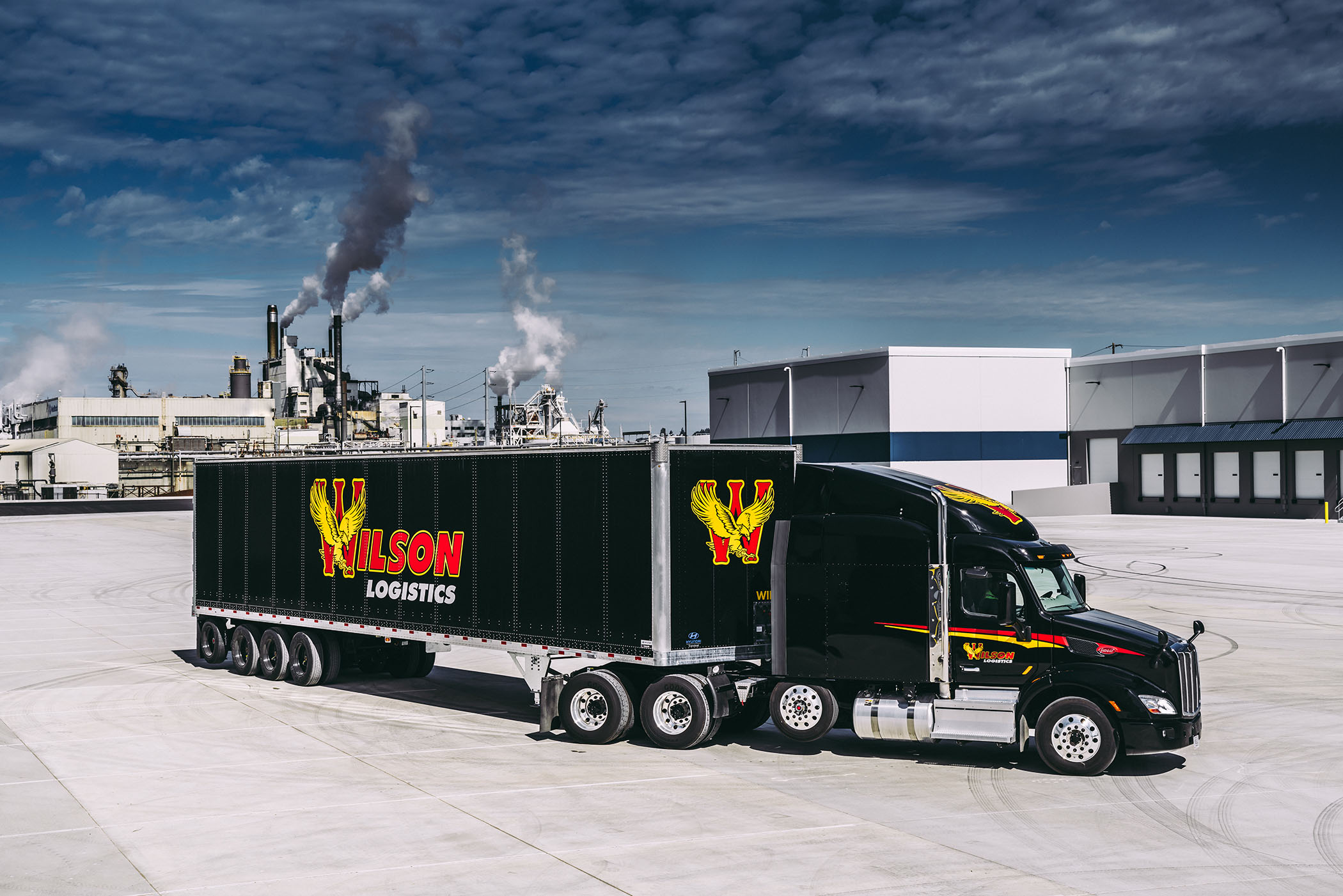New! High Road 2.0! We have a new version of this program. You can find it here: High Road 2.0
2.11 Driving in Very Hot Weather
Make sure your vehicle is ready before driving in very hot weather by making regular pre-trip inspections.
Tires:
Check the tire mounting and air pressure. Inspect the tires every two hours or every 100 miles when driving in very hot weather. Air pressure increases with temperature. Do not let air out or the pressure will be too low when the tires cool off. If a tire is too hot to touch, remain stopped until the tire cools off. Otherwise the tire may blow out or catch fire. A burning tire should be cooled with water.
Engine Oil:
The engine oil helps keep the engine cool, as well as lubricates it . Make sure there is enough engine oil. If you have an oil temperature gauge, make sure the temperature is within the proper range while you are driving
Engine Coolant:

Before starting out, make sure the engine cooling system has enough water and antifreeze according to the engine manufacturerʼs directions. (Antifreeze helps the engine under hot conditions as well as cold conditions.) When driving, check the water temperature or coolant temperature gauge from time to time. Make sure it remains in the normal range. If the gauge goes above the highest safe temperature, there may be something wrong that could lead to engine failure and possibly fire. Stop driving as soon as safely possible and try to find out what is wrong.
Some vehicles have sight glasses, see-through coolant overflow containers or coolant recovery containers. These permit you to check the coolant level while the engine is hot. If the container is not part of the pressurized system, the cap can be safely removed and coolant added even when the engine is at operating temperature.
Never remove the radiator cap or any part of the pressurized system until the system has cooled. Steam and boiling water can spray under pressure and cause severe burns. If you can touch the radiator cap with your bare hand, it is probably cool enough to open.
If coolant must be added to a system without a recovery tank or overflow tank:
- Shut engine off.
- Wait until engine has cooled.
- Protect hands (use gloves or a thick cloth).
- Turn radiator cap slowly to the first stop, which releases the pressure seal.
- Step back while pressure is released from cooling system.
- When all pressure has been released, press down on the cap and turn it further to remove it.
- Visually check level of coolant and add more coolant if necessary.
- Replace cap and turn all the way to the closed position.
Engine Belts:
Learn how to check V-belt tightness on your vehicle by pressing on the belts. Loose belts will not turn the water pump and/or fan properly. This will result in overheating. Also check belts for cracking or other signs of wear.
Hoses:
Make sure coolant hoses are in good condition. A broken hose while driving can lead to engine failure and even fire.
Driving Precautions
Watch for Bleeding Tar:
Tar in the road pavement frequently rises to the surface in very hot weather. Spots where tar “bleeds” to the surface are very slippery.
Go Slow Enough to Prevent Overheating:
High speeds create more heat for tires and the engine. In desert conditions the heat may build up to the point where it is dangerous. The heat will increase chances of tire failure or even fire and engine failure.
Make sure you're familiar with the entire paragraph below, but here are the highlights that you should pay particular attention to:
- Inspect the tires every two hours or every 100 miles when driving in very hot weather.
- Air pressure increases with temperature.
- Do not let air out or the pressure will be too low when the tires cool off.
- A burning tire should be cooled with water.
In addition to creating lubrication for the engine, oil also acts as a coolant.









 TT On Facebook
TT On Facebook